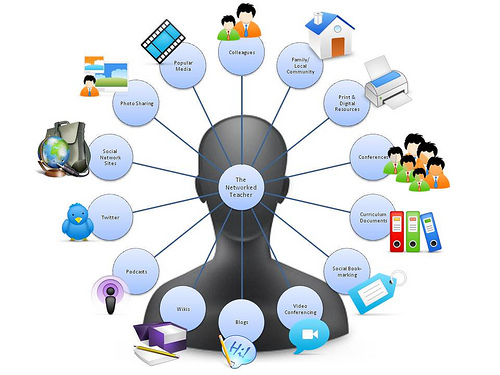Faculty Attitudes on Technology 2013 - a free webinar - Thursday, September 12, 2013 2:00:00 PM EDT - 3:00:00 PM EDT
Inside Higher Ed’s 2013 Survey of Faculty Attitudes on Technology -- conducted with Gallup -- aims to understand how college and university faculty members and campus leaders in educational technology perceive and pursue online learning and other emerging opportunities for delivering course content. Highlights of the survey findings include:
• Few faculty believe that online courses can achieve student learning outcomes as well as in-person courses.
• Whether an online program is offered by an accredited institution tops the list of factors that contribute to quality in online education according to faculty members. Technology administrators are far likelier to associate quality with academic credit.
• Faculty members feel strongly that institutions should start MOOCs only with faculty approval, and that MOOCs should be evaluated by accrediting agencies.
• Of faculty who have never taught an online course, 30 percent say the main reason they haven’t is because they’ve never been asked.
• Faculty members and technology officers alike agree that their institutions fail to reward teaching with technology in tenure and promotion decisions.
Inside Higher Ed's 2013 Survey of Faculty Attitudes on Technology explored the perspectives of more than 2,000 college professors on topics such as how to measure quality in online education and the potential impact of massive open online courses. The survey was conducted in conjunction with researchers from Gallup. A copy of the
survey report can be
downloaded here.
Inside Higher Ed regularly
surveys key higher ed professionals on a range of topics.
The webinar to discuss the results of the survey will be hosted by Editors Scott Jaschik and Doug Lederman who will share and analyze the findings and answer readers'
questions. To register for the webinar, please click here.



 as a "manifestation of a learner’s informal learning processes via the Web."
as a "manifestation of a learner’s informal learning processes via the Web."